Exactly 95 years ago, in the area of Tong Vuong Dai, Hong Kong (China), an important historical event took place for the Vietnamese people: the birth of the Communist Party of Vietnam . It was not only the unification of pioneering communist organizations but also the first spark that lit up the journey to fight for independence and build a fair and free society.
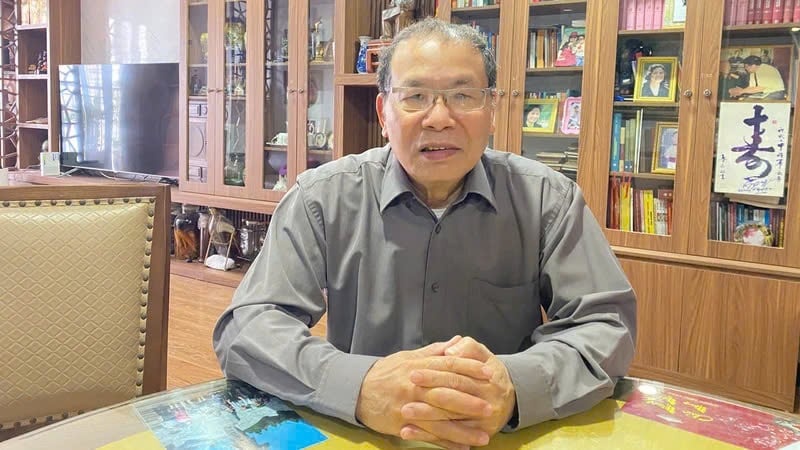
Journey to find historical traces
We had the opportunity to talk with Dr. Chu Duc Tinh, former Director of the Ho Chi Minh Museum, who has spent more than half of his life researching President Ho Chi Minh and the historical journey of the Communist Party of Vietnam. In a cozy room with many neatly arranged books and documents, Dr. Chu Duc Tinh recounted his journey to find historical traces in Hong Kong with an emotional voice. That journey took place in 2007, when he and his colleagues were determined to clarify the mysteries about the location of the Conference to Unify Communist Organizations. The memories are still vivid in his mind, as if the trip had just happened yesterday.
At the age of over seventy, Dr. Chu Duc Tinh still remembers every little detail. "We searched every page of old maps, every smallest trace in libraries and archives in Hong Kong to verify the location where Nguyen Ai Quoc held the Conference to unify communist organizations," he recalled. The trip was not only a research journey but also a tireless struggle to recreate an important part of the nation's history.
Although historical documents clearly state that the Conference took place from January 6 to February 7, 1930 in Hong Kong, the specific location remains a big question mark. That concern has motivated the working group, with the participation of experienced researchers from the Ho Chi Minh Museum, local guides and especially Lady Borton - a famous American writer and journalist, who has collected thousands of pages of documents from the British archives about the Nguyen Ai Quoc case in Hong Kong in 1931.
With dedicated support from Hong Kong archives, the delegation found valuable documents, from maps, memoirs to detailed records of the Sung Wong Tai area - the place identified as the location of the Conference.
After many days of field surveys and document comparison, the delegation identified Tong Vuong Dai - an area located in the Kowloon Peninsula - as the place that marked the important activities of Nguyen Ai Quoc and his comrades. In the Tong Vuong Dai area at that time, there was a low hill, on top of which was the Tong Vuong Temple and nearby was the Hou Vuong Temple. Around the foot of the hill was a working-class residential area with two major intersecting roads: Tam Kung and Tong Vuong Dai. This area also had a small stadium, where football matches often took place.
According to eyewitness accounts, the Party Unification Conference lasted for a month and took place in various locations to ensure secrecy. Sometimes, in a worker’s house, the delegates pretended to be mahjong players in case someone suddenly broke in; sometimes, in a stadium, they disguised themselves as football spectators; sometimes, they pretended to be going to a temple or walking along the beach. The choice of this location not only ensured safety, but also took advantage of the bustling nature of the area to conceal revolutionary activities.
Dr. Chu Duc Tinh said that the survey team had to look up each map from 1926, 1930, 1945, 1970 until now, to visualize the changes of the area through historical periods. Information found in the archives showed that in 1941, the Japanese army entered Hong Kong and used explosives to destroy Sung Wong Toi Hill to expand Kai Tak Airport, but the stone engraved with the three words "Sung Wong Toi" - a remaining part - was preserved by the Hong Kong government and moved to a nearby park. For Dr. Chu Duc Tinh, when he realized that this stone was the only remaining historical evidence, he could not help but be moved: "That stone is like a silent witness, bringing us back to the heroic period when Nguyen Ai Quoc and his comrades discussed great decisions for the Vietnamese revolution."
With his strategic vision and rich revolutionary experience, Nguyen Ai Quoc chose Hong Kong as the venue for the Party's founding conference. Hong Kong was not only a bustling international trade center but also an ideal connection point with the Communist International. Here, he took advantage of the revolutionary base network of Ho Tung Mau and his loyal comrades, while cleverly exploiting British colonial law to organize secret meetings.
The conference coincided with the Lunar New Year, when the area around the Hau Vuong Temple was bustling with people going to worship. The crowded atmosphere created a perfect cover, helping the unification conference and the founding of the Communist Party of Vietnam to take place safely.
Emotions from the survey journey
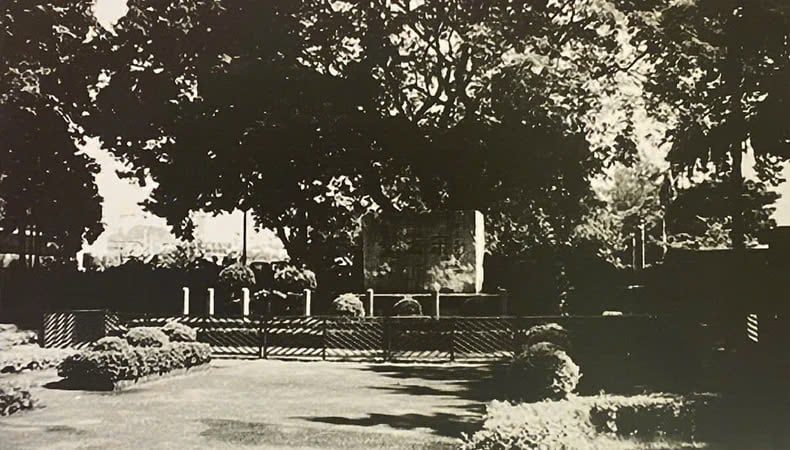
The search for traces in Hong Kong was not only a scientific survey, but also an emotional journey. The search process seemed to have reached a dead end at times when the team could not find the house number 186 Tam Kung where Nguyen Ai Quoc had lived before being arrested in Hong Kong on June 6, 1931. However, with patience and a keen analytical mind, Lady Borton came up with the idea that the most important information could be scattered in local sources that had not been fully exploited before. Thanks to her support, the team discovered important details about the location of the house on Tam Kung Street.
Dr. Chu Duc Tinh recounted that the moment he discovered evidence confirming the existence of house number 186 Tam Kung was one of the most emotional moments in his journey to find historical traces in Hong Kong. "When I realized that I had found what so many other Vietnamese people had been searching for, I could not hold back my tears. This was not just a discovery, but clear proof that what Nguyen Ai Quoc wrote in documents about this location was true. House number 186 Tam Kung, where he lived and organized revolutionary activities, really existed," he shared.
For Dr. Tinh, finding the map was not simply a research project, but an affirmation of historical accuracy and a deep gratitude to Uncle Ho. “At that moment, I knew that all our efforts throughout the journey had paid off. It was a feeling of happiness, pride, and emotion,” he confided, his eyes still shining as he recalled that memory.
During that survey trip, Dr. Chu Duc Tinh also visited Victoria Prison, where Nguyen Ai Quoc was imprisoned in 1931. “The cell was narrow, without light, the air was cold, and there was a wasp nest above. I stood still, imagining what Uncle Ho, with his thin and sickly body, had to endure in that situation. It was an unforgettable feeling, both pity and admiration for his extraordinary spiritual strength.”
Today, the historical sites in the Song Wangtai area have changed completely over time. Song Wangtai Hill, once the center of revolutionary activities, no longer exists, replaced by modern constructions. Tam Kung Street now only has house number 148, while the section with house number 186 - where Nguyen Ai Quoc used to work - was demolished in 1970 to build Olympic Avenue. Only the stone engraved with the three words "Song Wangtai" remains, located in Song Wangtai Park, which is considered a symbol representing this entire historical site, Mr. Tinh shared.
Connecting memories and the present
Tong Vuong Dai was not only the place where the founding conference of the Communist Party of Vietnam took place, but also a symbol of the resilience, intelligence and desire for independence of the Vietnamese people. It was here that Nguyen Ai Quoc inspired his comrades, united revolutionary organizations to build a strong party.
Hong Kong, with its strategic location, was not only the place where Nguyen Ai Quoc chose to hold the conference but also the place where he overcame the greatest challenge of his life. The Nguyen Ai Quoc case in Hong Kong in 1931 became a touching story of justice and humanity. Dr. Chu Duc Tinh said: “Uncle Ho not only escaped prison thanks to the talent of lawyer Loseby, but also made him completely change his point of view. From receiving money for his defense, Loseby became a close friend, devoting all his heart to protecting Uncle Ho.”
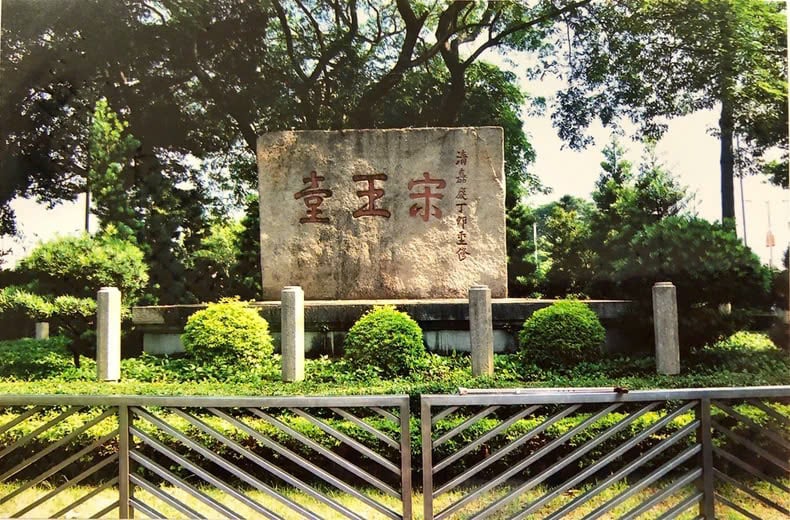
Today, although the Tong Vuong Dai hill no longer exists, the engraved stone still acts as a bridge connecting the past with the present, reminding today's generation of the historical value and sacrifice of those who came before. As the poet To Huu wrote in the poem "30 years of our life with the Party": "Like a child born lying on the grass/Without a homeland torn by wind and rain/Our Party was born in this world/A drop of red blood made the person we are today", the birth of the Party is the crystallization of a process of arduous but glorious struggle, Dr. Chu Duc Tinh emphasized.
According to Dr. Chu Duc Tinh, Tong Vuong Dai is not only a place name, but a "red address" - a place to educate the young generation about patriotism, revolutionary spirit and the desire for peace.
“Standing in that space, I not only felt Uncle Ho's footprints, but also felt my mission - to preserve historical values so that those stories can continue to be told," he emotionally shared.
Hong Kong and Sung Wong Tai Sin are living proof of the beginning of the Communist Party of Vietnam - the torch that lights the way for the glorious journey of the nation. Looking to the present, preserving these values is not only a gratitude to the past but also a responsibility of today's generation, so that history will always be a source of inspiration for the future.
NDO
Source: https://baohanam.com.vn/chinh-tri/xay-dung-dang-chinh-quyen/hanh-trinh-tim-ve-noi-khai-sinh-dang-cong-san-viet-nam-145417.html








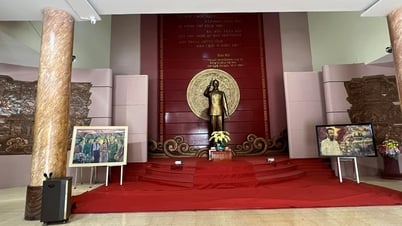



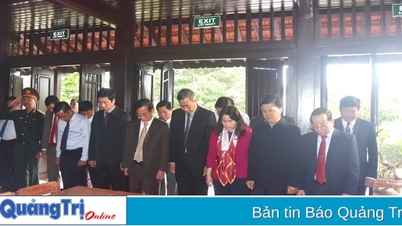

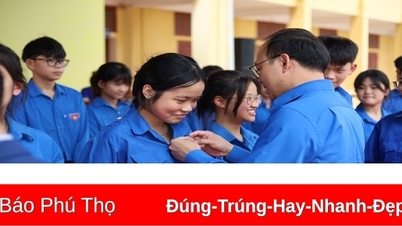
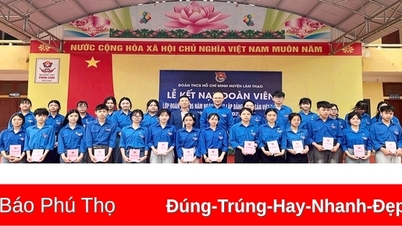
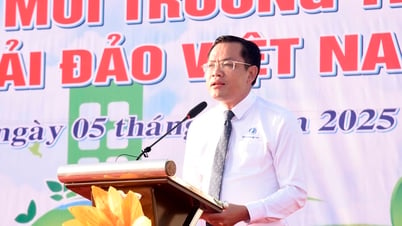
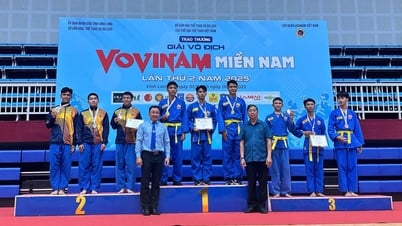
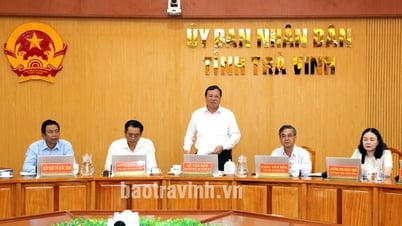
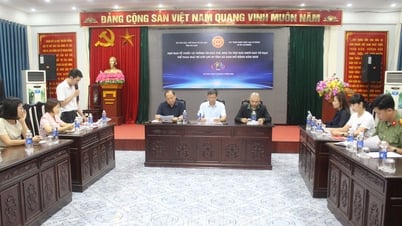









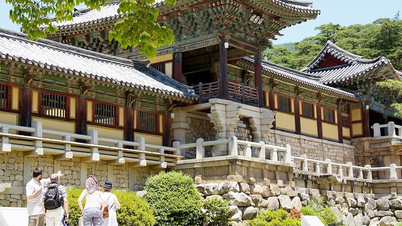
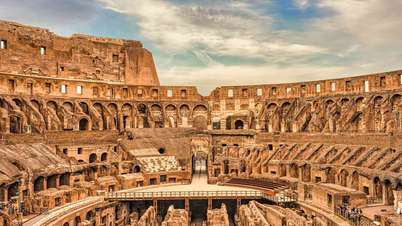
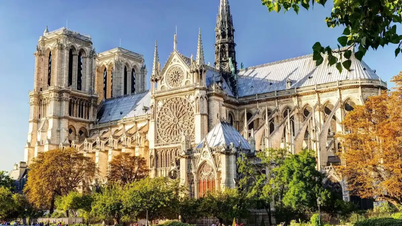
































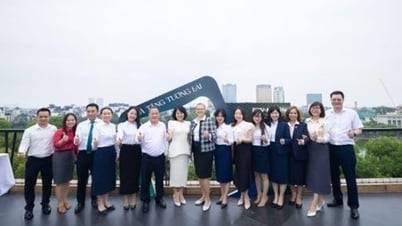
















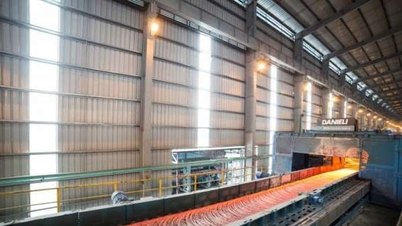






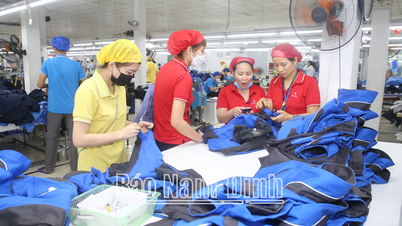








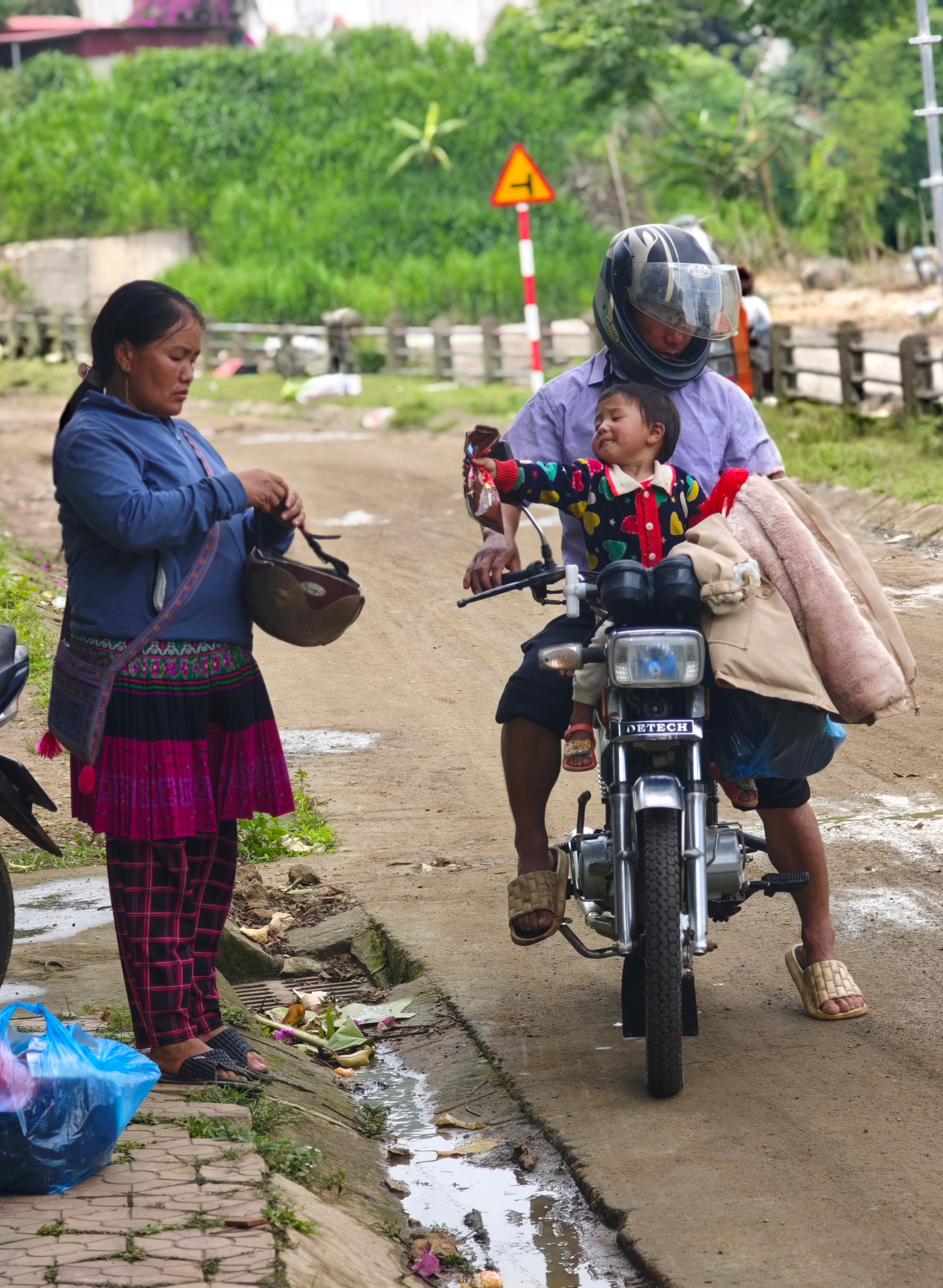
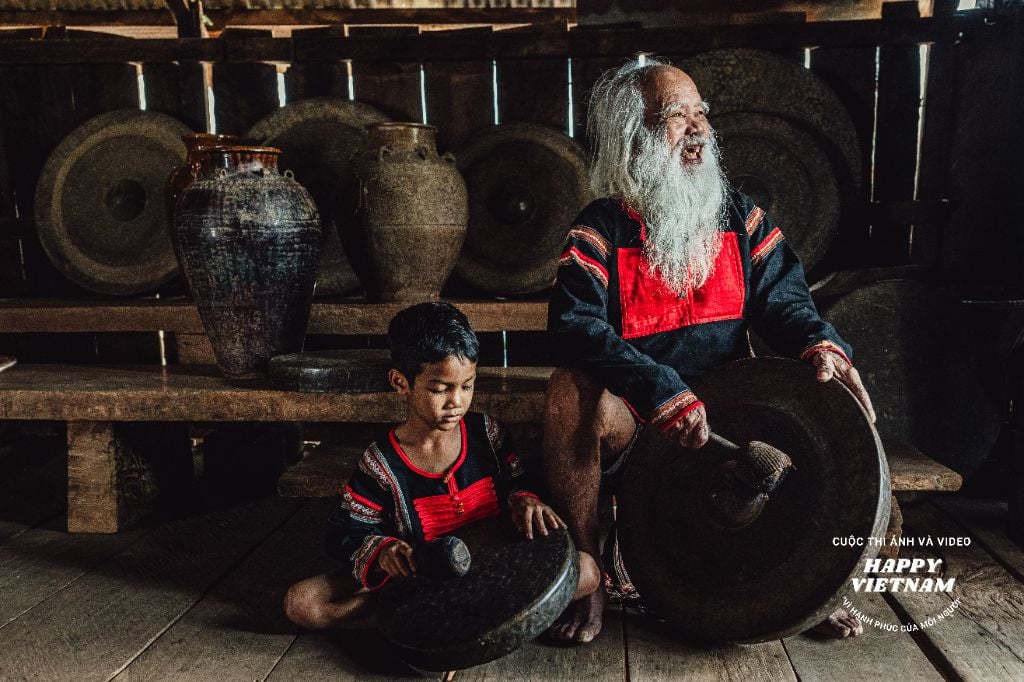
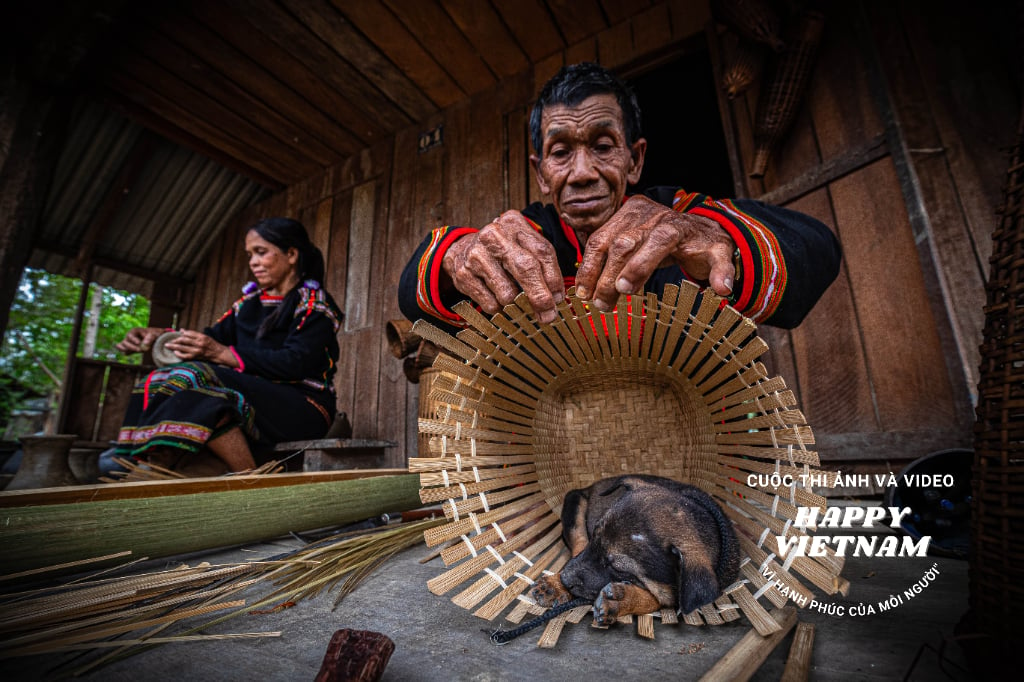

Comment (0)